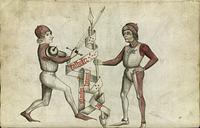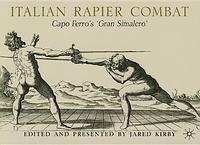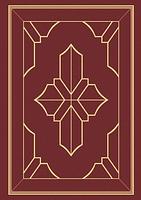Disciplines We Practise
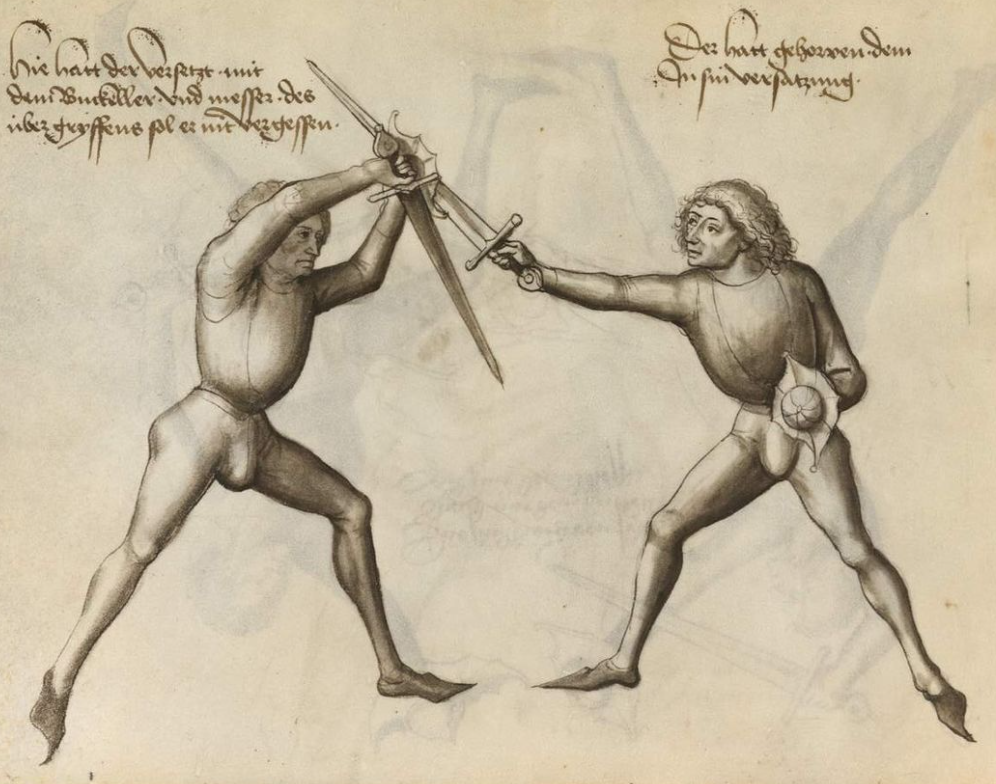
About
Sword and shield is one of the most exciting forms of fighting out there, and is often featured on TV and film - but how was it actually done? By exploring a variety of historical sources, we can find out!
What to Expect
Learning how to use a one-handed sword in combination with a buckler or small shield.
Weapon(s):
Instructor(s):
Source(s):

About
This discipline involves the study and practice of Joachim Meyer's longsword, specifically the section from his 1570 manuscript as translated in The Art of Combat by Jeffrey L. Forgeng.
What to Expect
This discipline is for those who have already gotten to grips with the basics of Meyer's longsword, and includes the more advanced guards, cuts, handworks, and devices.
Weapon(s):
Instructor(s):
Source(s):
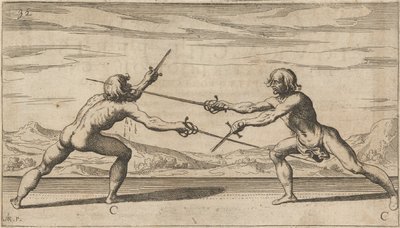
About
This discipline involves studying Capo Ferro's "Gran Simulacro dell'Arte e dell'Uso della Scherma" fencing manual to interpret how to fight using a rapier as they would in 17th-century Italy.
What to Expect
This is an on-going discipline and has no "beginner's section" - however, the basics are easy to pick up! Every week we continue through different plays to make with the rapier on its own, swiftly followed by using both the rapier and dagger in combination!
Weapon(s):
Instructor(s):
Source(s):
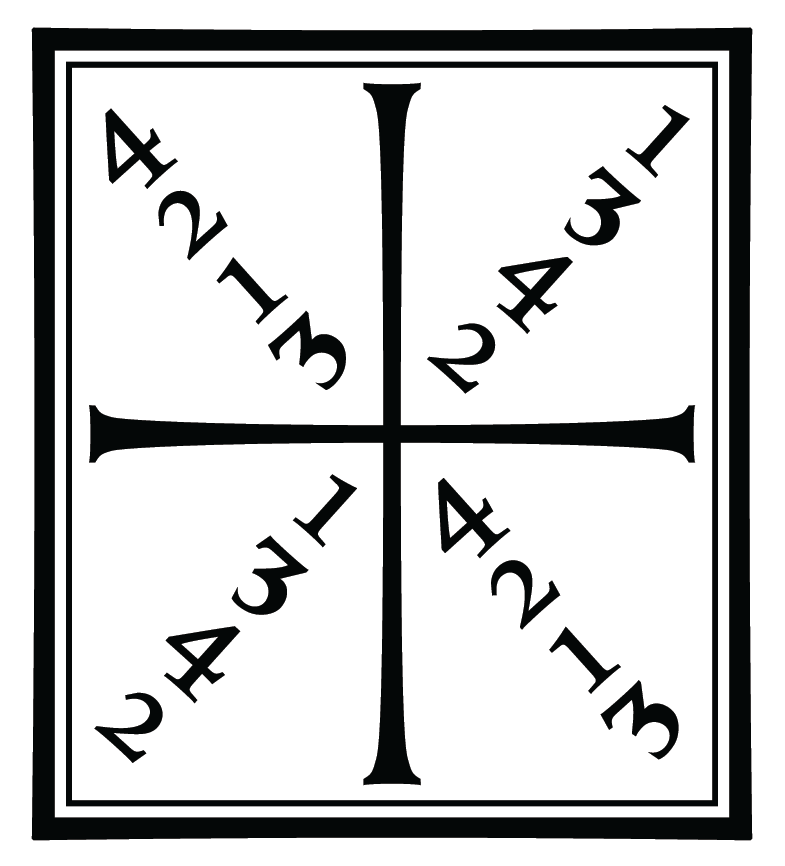
About
This discipline involves the study and practice of Joachim Meyer's longsword, specifically the section from his 1570 manuscript as translated in The Art of Combat by Jeffrey L. Forgeng.
What to Expect
At the beginning, we teach the principle stance, four guards, and basic cutting mechanics, before going on to develop those skills into more advanced guards, cuts, and "devices".
Weapon(s):
Instructor(s):
Source(s):
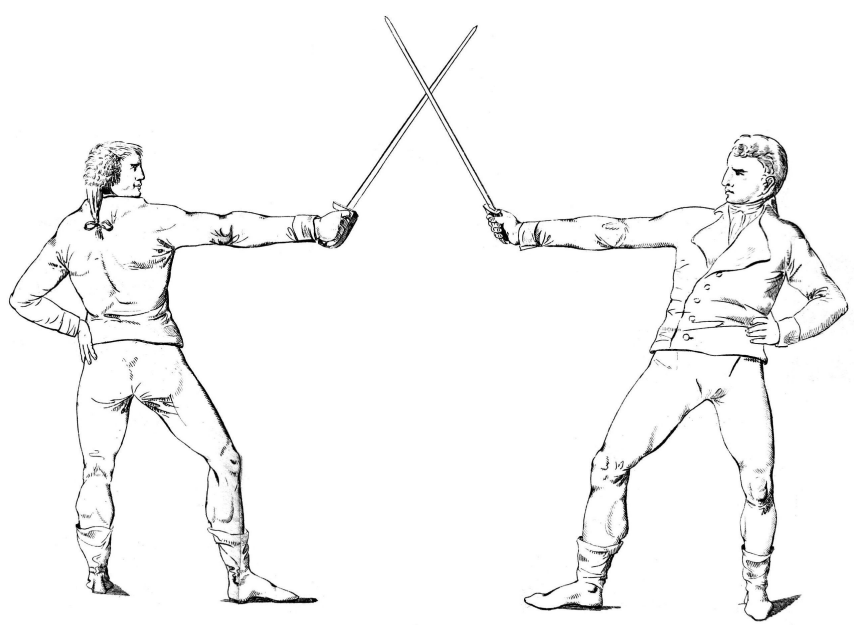
About
Throughout the 18th and 19th century, British swordsmanship involved the use of sabres, broadswords, spadroons, and other, similar weapons both on land and at sea. Smallswords also grew in popularity during the mid 17th to late 18th century, which we will cover in this course.
What to Expect
Expect an introduction to the use of a sabre (or broadsword/spadroon) according to Charles Roworth and John Taylor. This course starts with lessons on how to stand, how to advance and withdraw from your opponent while maintaining safe distance, and how to perform basic cuts and guards against your opponent. The lessons then evolve to more complex guards, cuts, and other techniques from Charles Roworth's "The Art of Defence" and other sources. We will eventually move onto using smallswords in glorious, stabby combat.



